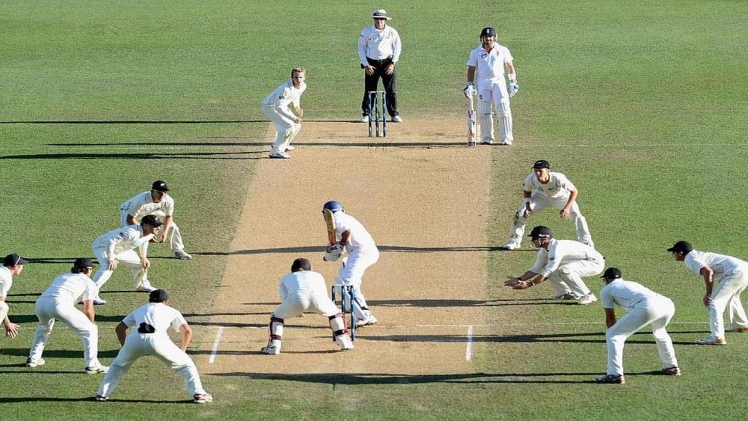Introduction
Cricket, often dubbed as the “gentleman’s game,” is one of the world’s most popular sports. With a rich history dating back to the 16th century, cricket has evolved into a global phenomenon, captivating the hearts of millions across continents. From the sprawling cricket grounds of India to the vibrant streets of the West Indies, the sport’s diverse following is a testament to its universal appeal.
The Origins of Cricket
The origins of cricket can be traced back to 16th-century England. The game evolved from other bat-and-ball sports and gradually gained popularity among the English elite. Cricket’s early years were marked by informal matches played for leisure and social interaction, which is why it earned its reputation as the “gentleman’s game.”
As cricket continued to evolve, it transitioned from a pastime of the aristocracy to a sport accessible to people of all backgrounds. The formation of the Marylebone Cricket Club (MCC) in the 18th century played a pivotal role in shaping the sport’s rules and regulations, which remain largely unchanged to this day.
Cricket Formats
Cricket offers a variety of formats to suit different preferences, from the leisurely Test matches that can last up to five days to the faster-paced One Day Internationals (ODIs) and the thrilling Twenty20 (T20) matches that are completed in just a few hours.
Test Cricket: Test cricket is the oldest and most traditional form of the game. It is played over five days, with each team getting two innings to bat and bowl. The format is known for its strategic depth, emphasizing endurance and technique.
One Day Internationals (ODIs): ODIs are limited-overs matches, typically played over 50 overs per side. They strike a balance between the tactics of Test cricket and the excitement of T20 cricket, offering fans a captivating viewing experience.
Twenty20 (T20): T20 cricket has taken the world by storm due to its high-octane action and shorter duration. Matches are limited to 20 overs per side, resulting in explosive batting and aggressive bowling tactics. Leagues like the Indian Premier League (IPL) have popularized T20 cricket on a global scale.
Cricket’s Global Appeal
Cricket is no longer confined to its English origins; it has spread its wings and established a strong presence in countries around the world. India, with its enormous population and passion for the sport, has become the epicenter of cricketing excellence. Other cricketing powerhouses include Australia, England, Pakistan, South Africa, and the West Indies.
The Indian Premier League (IPL), a T20 franchise-based league, has been a game-changer in globalizing the sport. With star-studded lineups, international players, and a huge fan following, the IPL attracts viewers from all corners of the world.
Cricket’s Impact on Society
Beyond the boundaries and the roar of the crowds, cricket has a profound impact on society. It is a source of inspiration for countless aspiring cricketers, providing them with an opportunity to break through social and economic barriers. Iconic players like Sachin Tendulkar, Sir Vivian Richards, and Sir Don Bradman have become role models for millions, showcasing the transformative power of the sport.
Cricket also fosters a sense of unity and national pride. World Cup victories and memorable performances are etched into the collective memory of nations, bringing people together in celebration. The sport’s ability to transcend cultural, linguistic, and geographical boundaries is a testament to its unifying power.
Conclusion
Cricket, with its rich history, diverse formats, and global appeal, remains a symbol of sportsmanship, competition, and camaraderie. It is a game that has stood the test of time, evolving from its English roots into a worldwide phenomenon. As cricket continues to inspire and captivate fans across the globe, it reaffirms its status as the “gentleman’s game” that bridges cultures and brings communities together through the love of sport.

